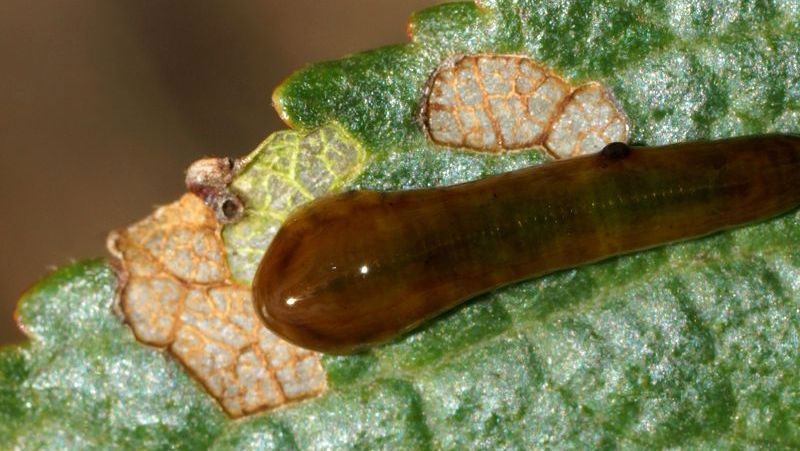Yates Account
Join now
Create a Yates account today!
Sign up to join the Yates Garden Club for monthly e-mails packed with seasonal inspiration, tips for success & exclusive promotions.
Plus if you’re a Garden Club member you can take part in the Yates Growing Community - a blog to share successes, get advice & win prizes in fun challenges along the way!

Forgot password
Enter the email address associated with your account, and we'll email you a new password.
Hymenoptera
Caliroa cerasi

What are Pear & Cherry Slugs?
The Pear and Cherry Slug eats the leaves of pears, cherries, apples, plums, quinces and hawthorns. They actually aren't slugs at all; they are the larval form of a sawfly. As for sawflies, they aren't actually flies! They're more closely related to wasps.
The adult sawfly lays its eggs inside the leaf tissue; these eggs hatch out into glossy, slimy slug-like larvae. Larvae are olive to dark black in colour and foul smelling (so wear gloves if you're manually squishing them).
The larvae begin to feed on the inner leaf tissue, often leaving distinctive chewed-out 'windows', before skeletonising leaves completely. As the larvae mature they drop down onto the ground and dig into the soil to pupate, before appearing again as adult sawflies and restarting the cycle.
Symptoms
- Slug-like grubs are visible, eating holes into leaves
- Transparent chewed out 'windows' in leaves
- Skeletonised leaves
Plants impacted
- Pears
- Cherries
- Apples
- Plums
- Quinces
- Hawthorns













Share
Share this article on social media